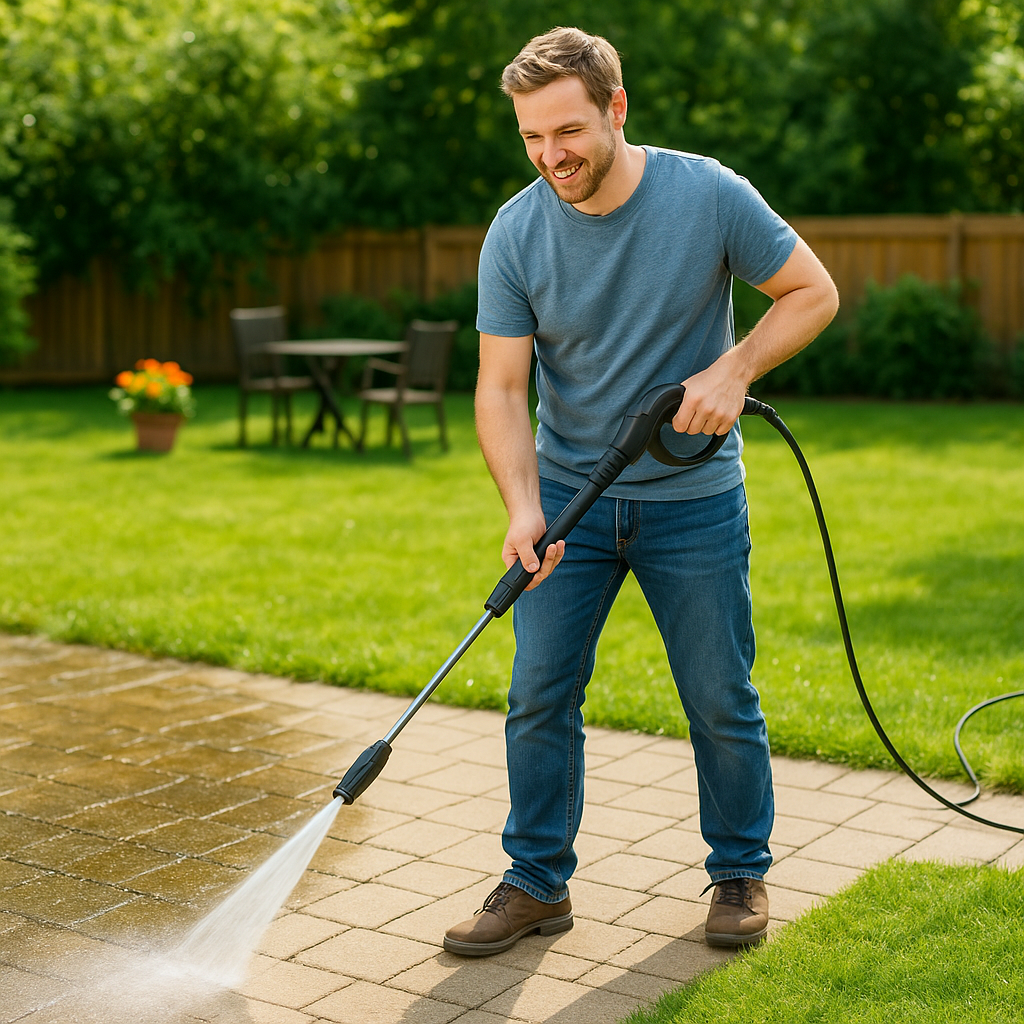
Choosing the right sprayer is essential for safe, efficient, and economical farm operations. With advancements in technology and changing crop needs, farmers today have more choices than ever. Here’s a comprehensive guide to the main types of agricultural sprayers, how they work, their key features, and which farming scenarios each is best for.
1. Knapsack Sprayer (Manual or Battery Operated)
Best for: Small farms, gardens, nurseries
Knapsack sprayers are carried on the back and can be operated manually or via battery. They come with a hand-held lance and nozzle, making them ideal for spot treatments and targeted spraying.
- Pros: Affordable, portable, easy maintenance, suitable for small areas or precise applications.
- Cons: Labor-intensive, limited tank capacity (usually around 15-20L), less efficient for large fields.
2. Tractor-Mounted Sprayer
Best for: Medium to large farms
Mounted onto tractors and powered by the tractor’s PTO (Power Take-Off), tractor sprayers can be equipped with large tanks and wide boom arms. They’re built for consistent, high-volume spraying across broad areas.
- Pros: Covers large fields quickly, offers precise and uniform spray, high pressure for dense crops.
- Cons: Requires tractor, higher initial cost, less maneuverable for small or irregularly-shaped plots.
3. Power Sprayer (Motorized)
Best for: Medium-sized farms, orchards
These portable sprayers are powered by petrol or diesel engines. Some are mounted on trolley frames with wheels for ease of movement. Suitable for tree spraying and rugged ground.
- Pros: Powerful spray pressure, covers more area than knapsack sprayers, great for hilly or uneven terrain.
- Cons: Fuel costs, heavier, require engine maintenance.
4. Boom Sprayer
Best for: Large flat fields
Boom sprayers have long horizontal arms equipped with multiple nozzles, ensuring wide and consistent coverage in a single pass. Typically tractor-mounted, they’re much used for monoculture row crops.
- Pros: Uniform spray, efficient chemical use, minimizes overlap and waste.
- Cons: Expensive upfront, not ideal for uneven terrain or smaller fields.
5. Mist Blower Sprayer
Best for: Orchards, tea gardens, plantations
Using a high-speed fan, mist blowers atomize spray into fine mist droplets, making them ideal for tall crops or dense canopy foliage.
- Pros: Improved penetration into plant canopy, greater coverage with less water, ideal for disease/pest management in trees.
- Cons: Not suitable for low-crop fields, more expensive than knapsack sprayers.
6. Aerial (Drone) Sprayer
Best for: Precision farming, commercial farms
The newest option, drones use GPS and remote control for fast, highly targeted spraying, even in areas inaccessible by tractor.
- Pros: No soil compaction, highly efficient, very fast coverage, ideal for specialty and high-value crops.
- Cons: High initial investment, need for operator training/licensing, maintenance costs, battery limitations.
7. Trailer and 3-Point Hitch Sprayers
Trailer sprayers are large tank sprayers towed by tractors and offer flexible nozzle options. 3-point hitch sprayers directly attach to the tractor’s hitch and are compact, lightweight, and minimize soil compaction.
- Pros: Large capacity reduces refill frequency, versatile nozzle arrangements, easy towing or hitching.
- Cons: Require compatible vehicle, less suitable for very small fields.
Choosing the Right Sprayer
When selecting a sprayer, consider:
- Crop type (row, orchard, vegetable, plantation)
- Farm size and terrain
- Application needs (herbicide, pesticide, fertilizer)
- Budget and equipment compatibility
- Desired precision, speed, and operator comfort
Consult with local agricultural dealers or extension experts to match sprayer features with your farm’s unique requirements.





